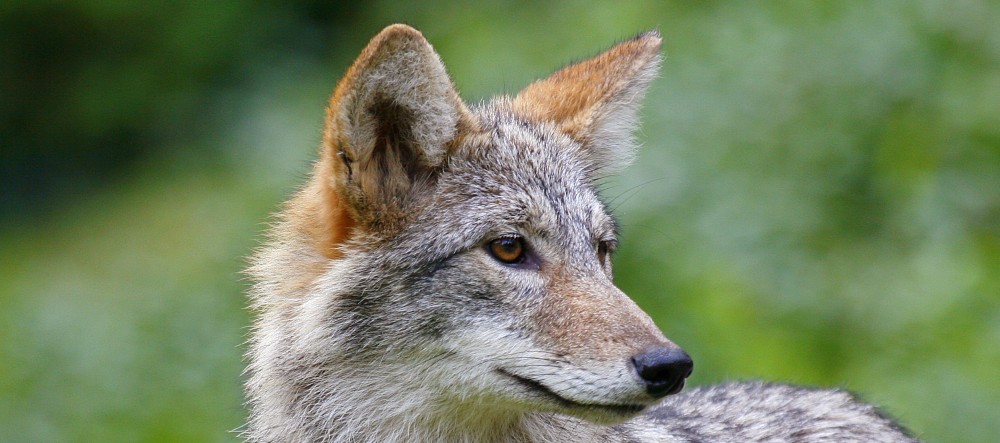The hidden costs of burgers
Habitat conversion, commonly referred to as deforestation, lies at the crux of what is shaping the future of the Amazon Biome.
Extensive cattle ranching is the number one culprit of deforestation in virtually every Amazon country, and it accounts for 80% of current deforestation (Nepstad et al. 2008). Alone, the deforestation caused by cattle ranching is responsible for the release of 340 million tons of carbon to the atmosphere every year, equivalent to 3.4% of current global emissions. Beyond forest conversion, cattle pastures increase the risk of fire and are a significant degrader of riparian and aquatic ecosystems, causing soil erosion, river siltation and contamination with organic matter. Trends indicate that livestock production is expanding in the Amazon.
Brazil has 88% of the Amazon herd, followed by Peru and Bolivia. While grazing densities vary among livestock production systems and countries, extensive, low productivity, systems with less thanone animal unit per hectare of pasture are the dominant form of cattle ranching in the Amazon.
CATTLE IN THE AMAZON
Number of heads of cattle in the states of the Brazilian Amazon and the departments of the Bolivian and Peruvian Amazon.
Cattle, soy and fires
During the dry season (May-September), Brazil is in the world headlines because of raging fires, a practice of agricultural management for opening rudimentary subsistence plantations (slash-and-burn agriculture) and cattle pastures.
In the Brazilian Amazon, fires generally spread into forests from adjacent agricultural lands. Between 2000 and 2002, forest hotspots almost tripled from 16,000 to almost 42,000 per year (Barreto et al. 2005).
These fires make way for cattle-ranching, the most important cause of direct conversion of rainforests (Jan Maarten Dros, 2004). Soy developers then capitalize on the cattle ranchers and take over their land, pushing cattle ranching (and deforestation) towards new pioneer areas. And so the natural frontier recedes…
Click HERE for the full article.







